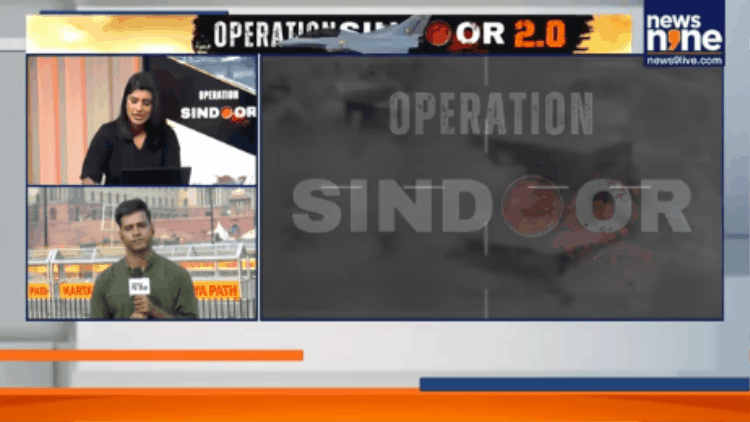New Delhi: The recent escalation of tensions between India and Pakistan has brought Pakistan’s military capabilities under intense scrutiny. A key focus has been on the effectiveness of Pakistan’s air defence systems, particularly in the wake of reported Indian actions targeting Lahore. Sources suggest that India targeted the HQ9 air defence system in Lahore, significantly reducing its effectiveness and leaving the city vulnerable to aerial attack. This incident raises questions about the overall effectiveness of Pakistan’s air defence strategy and its ability to protect its key infrastructure.
Pakistan’s strategy appears to also involve a reliance on swarm drone technology. The use of numerous inexpensive drones is designed to overwhelm an enemy’s air defence systems through sheer numbers. However, India’s extensive air defence network, covering an airspace of approximately 1800 kilometres, presents a considerable challenge to this approach. The success rate of these swarm drone attacks remains unclear.
The incident has not only exposed potential weaknesses in Pakistan’s air defences but has also led to public criticism of the Pakistani military. Given that the military receives a substantial portion (approximately 50-55%) of Pakistan’s annual budget, the perceived failures have raised questions about resource allocation and effectiveness. The public is questioning the military’s ability to fulfil its primary responsibility: the defence of Pakistan.
The conflict has, unfortunately, resulted in civilian casualties. Reports indicate heavy shelling in areas such as Uri and Poonch, resulting in fatalities and damage to civilian infrastructure. The cross-border shelling highlights the human cost of the ongoing tensions and the urgent need for de-escalation and dialogue.
The comparison between India’s S400 air defence system and Pakistan’s HQ9 (based on the Russian S300) system further illustrates the disparity in technological capabilities, a factor that is likely to influence future conflicts. The ongoing situation warrants close monitoring and analysis to fully understand its implications for regional stability.










